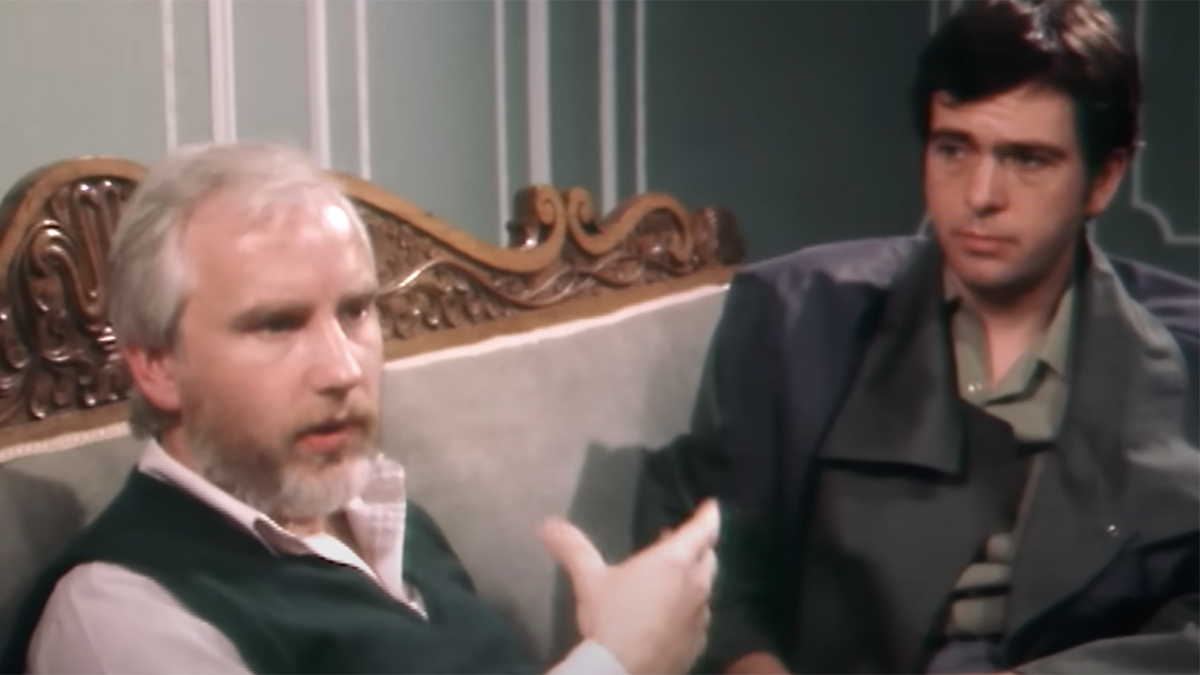Peter Gabriel & Ray Hammond: A 1983 Synth Debate That Still Resonates
The year is 1983. Synthesizers are exploding in popularity, transforming the landscape of popular music. Two titans of the music world, Peter Gabriel and Ray Hammond, found themselves locked in a fascinating, albeit informal, debate about the role of synthesizers in musical composition and performance. While not a formal televised showdown, their contrasting approaches and philosophies surrounding synth usage offer a compelling glimpse into a pivotal moment in music history. This article delves into this fascinating clash of musical styles, exploring their individual approaches and the lasting impact on the electronic music scene.
Peter Gabriel: The Human Touch in a Synthetic World
Peter Gabriel, already a celebrated musician from his Genesis days and burgeoning solo career, was incorporating synthesizers into his work. However, his approach was far from purely electronic. Gabriel, known for his theatrical performances and intensely human vocal delivery, often used synthesizers to augment his already rich musical tapestry rather than dominate it. His music retained a strong emphasis on organic instrumentation, with synthesizers providing textural depth and atmospheric effects. Think of the haunting soundscapes of So, his 1986 album – a perfect example of synthesizers seamlessly integrated with traditional instruments and vocal performance.
His use of technology wasn't about replacing the human element; rather it was about expanding its possibilities. This philosophy is evident in his collaborations with various musicians and his pioneering work in music video production, demonstrating a deep understanding of how technology could enhance artistic expression without diminishing the human connection at its core.
Ray Hammond: Pioneer of the Synth-Driven Soundscape
In contrast, Ray Hammond, a keyboardist and composer, embraced synthesizers as the primary driving force behind his musical creations. A pioneer in the early days of synthesizer technology, Hammond pushed the boundaries of what was possible with the instruments available at the time. His music often featured complex synth arrangements, exploring the textural and sonic possibilities of the technology. This was a bold, experimental approach, clearly demonstrating the potential of synthesizers to create completely new musical landscapes, independent of traditional instrumentation. He showcased the power of synthesizers to craft intricate and evolving soundscapes that were not possible before.
While Gabriel used synthesizers subtly, Hammond used them to create a sound entirely his own. His approach was more directly focused on exploiting the technology's capability for creating innovative electronic textures, rhythms, and melodies.
The Implicit Debate and its Legacy
The "debate" between Gabriel and Hammond wasn't a public argument, but rather a reflection of two distinct approaches to utilizing the burgeoning technology of synthesizers in music. It highlights the dichotomy between the organic and the synthetic, the human and the machine. Gabriel represented a more cautious, integrated approach, while Hammond championed a purely electronic vision.
Both artists significantly impacted the evolution of electronic music. Gabriel's approach influenced countless artists who sought to blend electronic sounds with organic instrumentation, creating rich, textured soundscapes that were both innovative and emotionally resonant. Hammond's experimental work paved the way for future generations of electronic musicians, demonstrating the limitless potential of synthesizers as primary instruments for musical expression.
Conclusion: A Lasting Influence
The implicit 1983 synth debate between Peter Gabriel and Ray Hammond wasn't just about the technology; it was about artistic philosophy and the potential of music itself. Both artists' contributions continue to influence musicians today, proving that the "best" approach is not a single path but rather a spectrum of creative choices that push the boundaries of musical expression. Their legacy reminds us that the most impactful music often lies in the insightful and creative fusion of technology and artistry.
Further Reading:
- [Link to a relevant article on Peter Gabriel's use of synthesizers]
- [Link to a relevant article on Ray Hammond's career]
- [Link to a relevant historical article on the rise of synthesizers in the 1980s]
Call to Action: What are your thoughts on the role of synthesizers in music? Share your perspective in the comments below!

